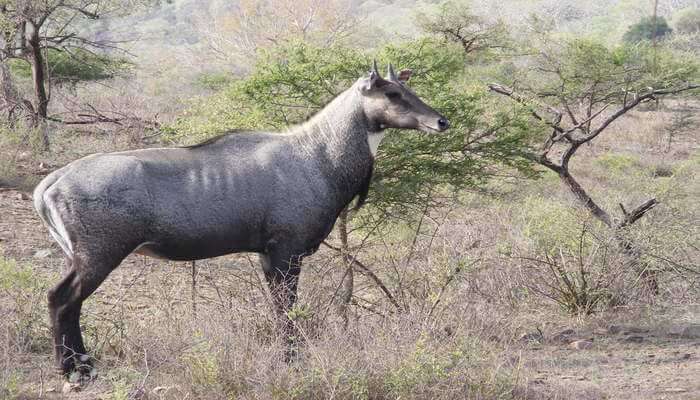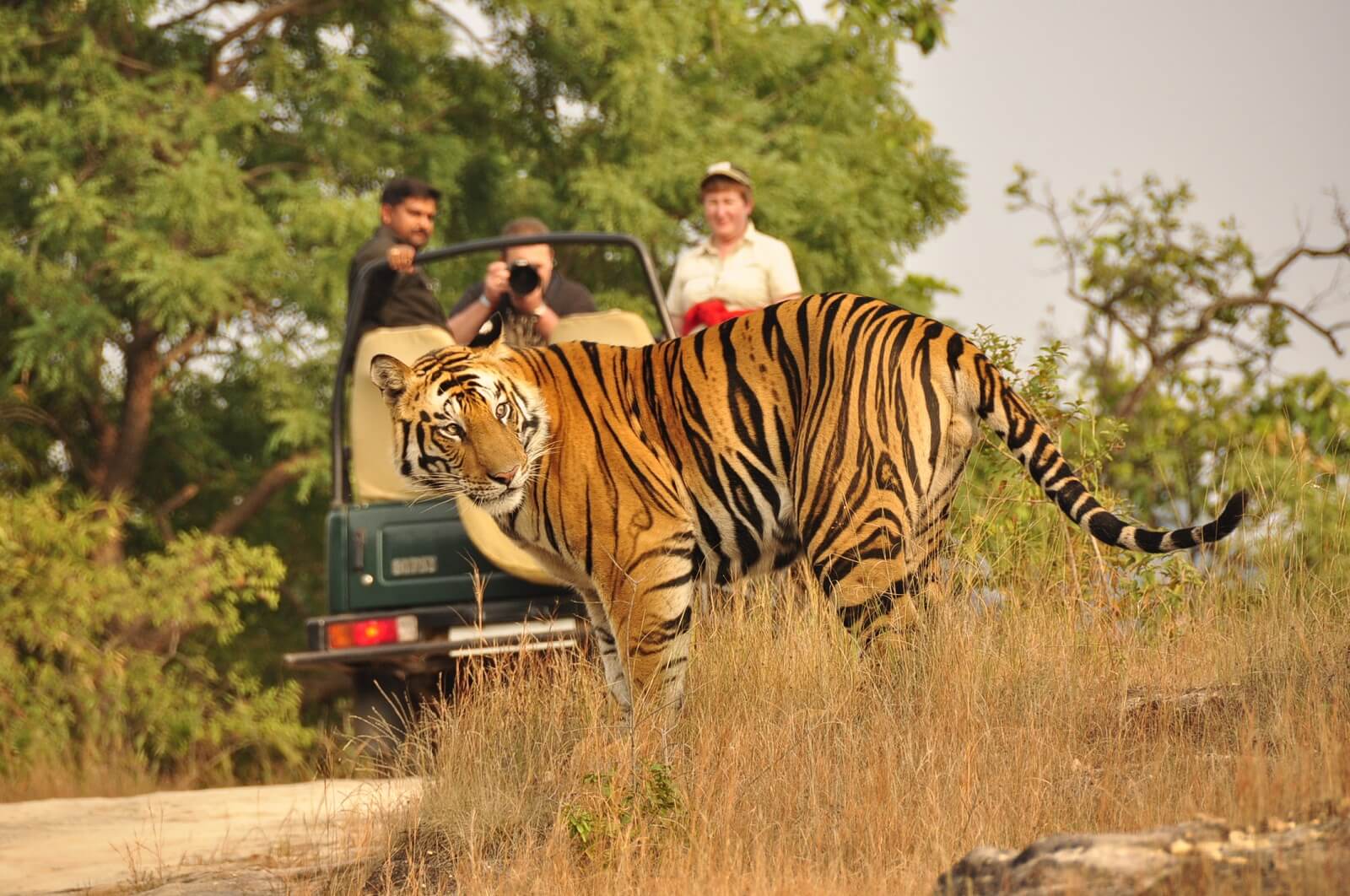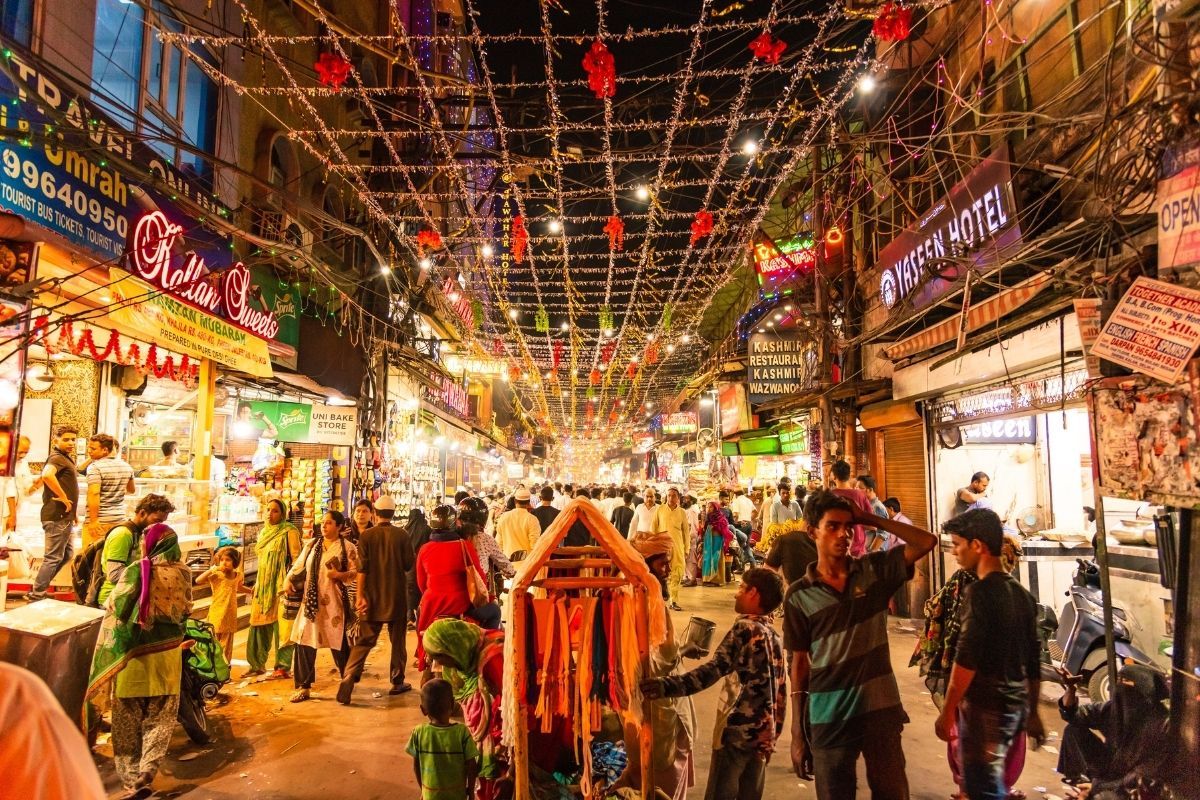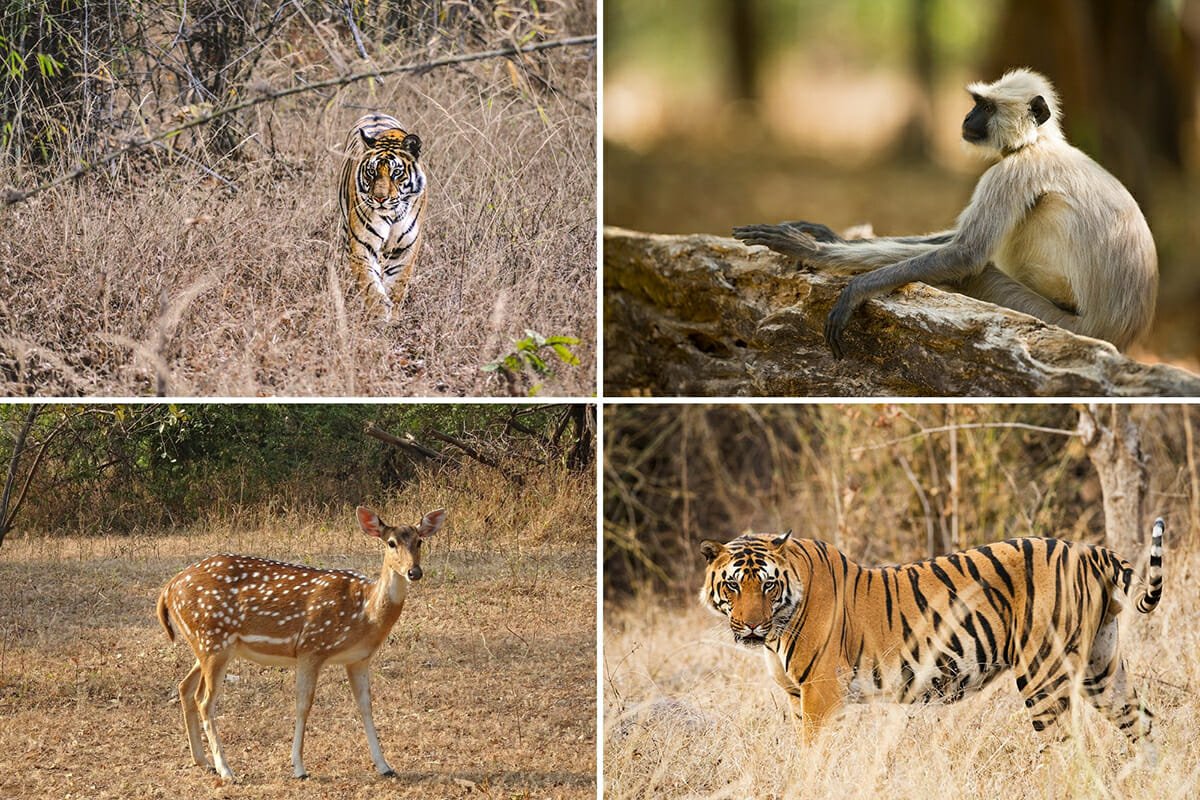Among travellers visiting India for a beach holiday, both Goa and Kerala have earned a reputation. People flock to these destinations when a relaxing vacation on the beach is on their minds. But when you have to choose either of the two, it becomes a tough decision to take. Goa has its charms while Kerala offers other pleasures. You can choose to visit any one or both of them together creating a memorable vacation to cherish a lifetime.

Goa vs. Kerala
Goa is much smaller in size than Kerala, but not for beaches and water fun. Its landscapes are equally scenic. Palm-fringed beaches and coastal laterite headlands add to its glamor. Its paddy hinterlands and coconut groves, along with thickly forested mountains, make Goa a vacationer’s dream come true. Even north and south Goa landscapes differ, presenting a chance to choose from which one you want to head first. North Goa is known for its party vibes while South Goa is famous for its secluded beaches.
Kerala, fondly addressed – God’s Own Country, Kerala allures nature lovers. It has attractions that fascinate tourists to the core, both in rural and urban tastes. Its festivals, temples, churches, backwaters, picturesque landscapes, traditional art forms, and Ayurvedic sessions are major aspects that highlight the charm of Kerala. Its mountains are higher and have a climate different from the coastal belt. The higher slopes are carpeted by tea, coffee, and spice plantations.
Goa and Kerala – Best Time to Visit
Both the destinations are tropical. Thus, experience a coastal climate. However, there are specific differences in month wise weather. Different months have something unique to offer. Also, there are certain festivals and events celebrated in different months.
November to February is the peak tourist season in Goa, and prices are high. The weather remains pleasant and great for sightseeing and indulging in various activities. During these months, you can delight in hip and happening festivals that include Christmas Eve, Sunburn festival, Grape escapade, VH1 Supersonic, Goa food and cultural festival, and Goa Carnival. The famous religious events of Goa include Shantadurga (January), Shigmotsav (Shigmo) and Carnival (March), and Feast of St Francis Xavier (December). To explore the freshly washed and emerald countryside with pristine beaches, visit Goa from June to October. These are the months of monsoon in Goa and present the hidden sides of this coastal place. However, the monsoon can hinder your watersports plans in Goa.
The best time to visit Kerala is from September to March. This is the peak tourist season in Kerala, thanks to the pleasant weather. You can also enjoy beaches and backwaters the most during these months. Additionally, you can indulge in various activities such as camping, trekking, wildlife safari India, etc. Different festivals during these months add to your charm of visiting Kerala. These festivals include Onam, Kerala Boat Festival, Christmas, Muharram, Navratri, Mahashivratri, Guruvayur, Chittur Konganpada, and The Bharani Utsavam.
Those who love rain can explore Kerala from June to August. Apart from enjoying the lush greenery and rain-washed surroundings, the monsoon season is the best for Ayurvedic Treatments in Kerala.
Goa vs Kerala – Accommodation
Goa is a much-loved destination that is splashed by many accommodation options to suit travelers of every budget. However, beachside accommodation in Goa is expensive due to the international tourist influx. There are several beach shacks, beach huts, and beach villas to impart you a beachy vibe during your vacay. Luxurious hotels and resorts are also generously found all over.
Kerala, just like Goa, provides accommodation options at beaches as beach resorts or beach villas but at a little lesser cost as compared to Goa. Other than its beaches, tourists can stay in the middle of lush green tea plantations in Kerala. There are many guest houses and hotels as well to choose from. There are many budgets, luxurious, and mid-range accommodation options to cater to the requirements of its vacationers. You can also enjoy unique stay accommodations like treehouses and houseboats. To savor the traditional Keral-ite essence, you can also opt for a homestay.
Goa vs Kerala- Trip Duration and Budget
To explore the best of Goa and Kerala, you have to keep maple time in hand, considering your requirements and attractions to explore. Also, Kerala is much bigger than Goa, so much more days are required to get to Kerala. It is noteworthy that Goa is relatively less expensive than Kerala.
When it comes to accommodation costs, you can stay comfortably in homestays and beach shacks of Goa. Also, other affordable accommodation options could be found easily in Goa due to its backpacker’s image. Whereas in Kerala, you have options to choose from resorts, hotels, treehouses, houseboats.
You can have your fill at beach shacks in Goa at low rates, whereas in Kerala, several high-end restaurants serve you food with few cheap eateries.
Among things to do, Goa entertains you at cheap rates. Enjoy dolphin spotting, parasailing, snorkeling, and surfing without shelling out much. The best of adventure in Kerala comes at a good expenditure. Cruising in houseboats, spa sessions, and the like charge you a considerable amount.
Conclusion: If a shorter trip is on your cards, Goa is the best bet. However, if you have a good time in hand, Kerala will not disappoint you. When it comes to budget, for Kerala, you have to be more spendthrift. Goa keeps you delighted at a comparatively low budget.









